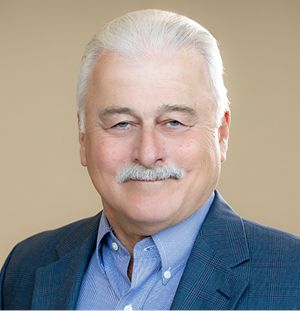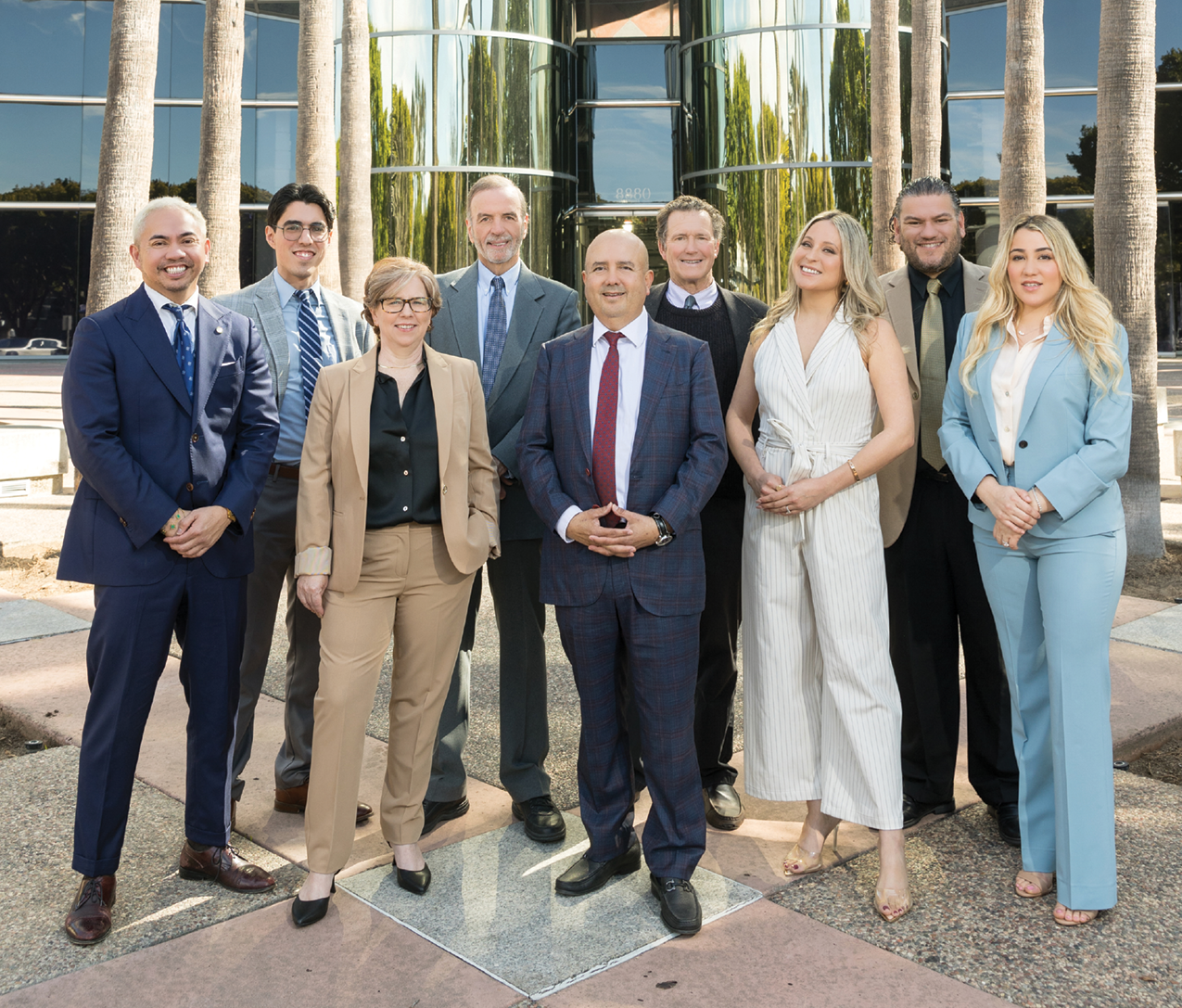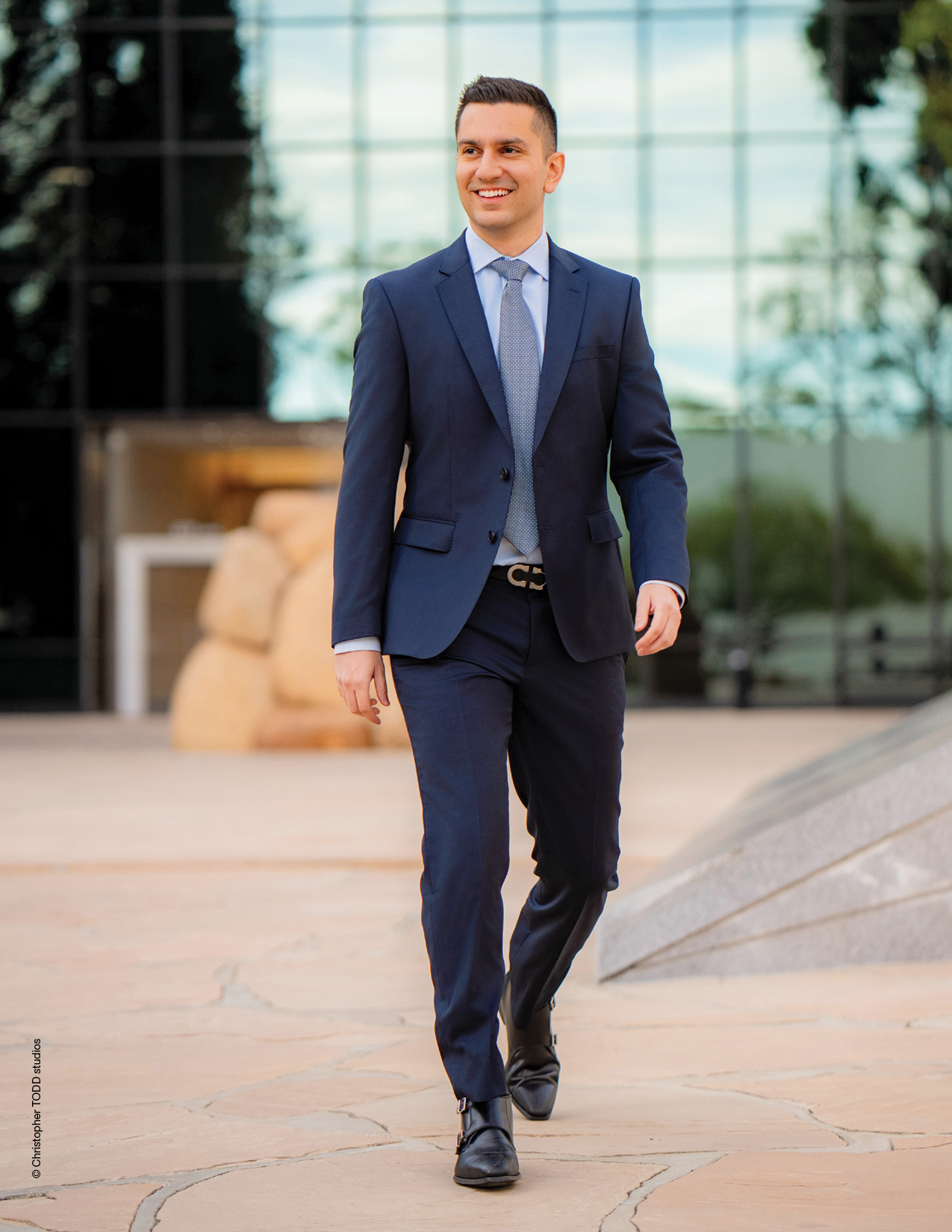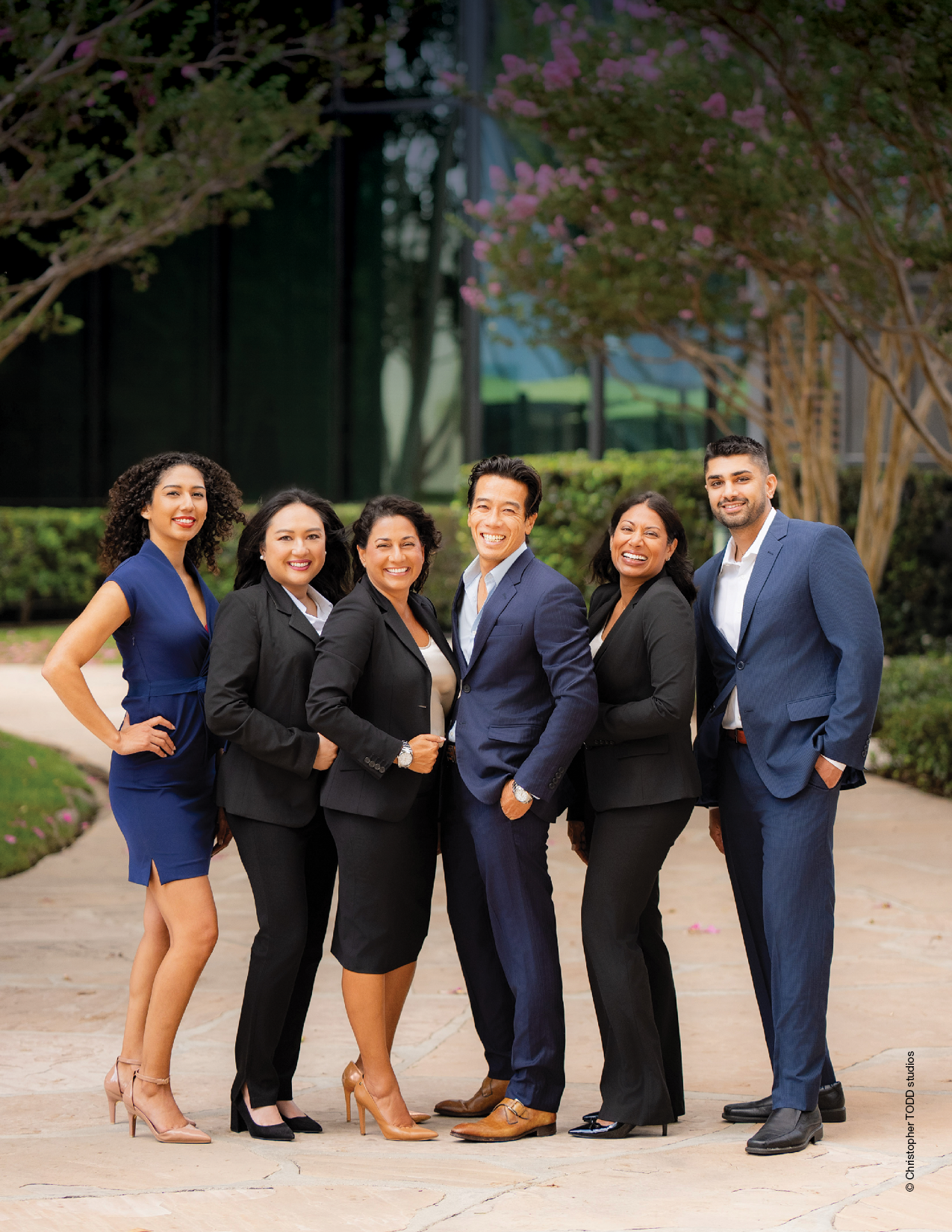First Last placeholder text for author.
California Case Summaries: New California Civil Cases
CALIFORNIA SUPREME COURT
Civil Procedure/Discovery
City of Los Angeles v. Pricewaterhousecoopers, LLP (2024) _ Cal.5th _ , 2024 WL 3894042: The California Supreme Court reversed the Court of Appeal decision that had reversed the trial court’s order concluding that plaintiff had been engaging in an egregious pattern of discovery abuse as part of a campaign to cover up its misconduct, and ordering plaintiff to pay $2.5 million in discovery sanctions to defendant. The Court of Appeal concluded that the trial court did not have the authority to issue the order under the general provisions of the Civil Discovery Act concerning discovery sanctions, Code of Civil Procedure sections 2023.010 and 2023.030. The California Supreme Court disagreed, concluding that under the general sanctions provisions of the Civil Discovery Act, Code of Civil Procedure sections 2023.010 and 2023.030, the trial court had the authority to impose monetary sanctions for plaintiff’s pattern of discovery abuse. The trial court was not limited to imposing sanctions for each individual violation of the rules governing depositions or other methods of discovery. (August 22, 2024.)
Employment
Turrieta v. Lyft, Inc. (2024) _ Cal.5th _ , 2024 WL 3611975: The California Supreme Court affirmed the Court of Appeal’s decision that had affirmed the trial court’s order denying motions, by other employees who had filed separate PAGA actions against defendant employer, to intervene in this PAGA action and submit objections to the settlement and to vacate the judgment. This case involved what has become a common scenario in PAGA litigation: multiple persons claiming to be an “aggrieved employee” within the meaning of PAGA file separate and independent lawsuits seeking recovery of civil penalties from the same employer for the same alleged Labor Code violations. The California Supreme Court observed that a PAGA plaintiff may use the ordinary tools of civil litigation that are consistent with the statutory authorization to commence an action such as taking discovery, filing motions, and attending trial. However, the California Supreme Court concluded that it would be inconsistent with the scheme the Legislature enacted for PAGA cases to allow other PAGA plaintiffs to intervene in an ongoing PAGA action of another plaintiff asserting overlapping claims, to require the trial court to consider objections to a proposed settlement in that overlapping action, and to allow other PAGA plaintiffs to move to vacate the judgment in that action. This conclusion best comports with the relevant provisions of PAGA as read in their statutory context, in light of PAGA’s legislative history, and in consideration of the consequences that would follow from adopting the interpretation requested by the other PAGA plaintiffs. (August 1, 2024.)
Torts
Rattagan v. Uber Technologies, Inc. (2024) _ Cal.5th _ , 2024 WL 3894629: The California Supreme Court answered a question posed by the United States Court of Appeals for the Ninth Circuit: Under Robinson Helicopter v. Dana Corp. (2004) 34 Cal.4th 979 (Robinson), may a plaintiff assert a tort claim for fraudulent concealment arising from or related to the performance of a contract? The California Supreme Court said the answer is a qualified yes. A plaintiff may assert a fraudulent concealment cause of action based on conduct occurring in the course of a contractual relationship if the elements of the claim can be established independently of the parties’ contractual rights and obligations, and the tortious conduct exposes the plaintiff to a risk of harm beyond the reasonable contemplation of the parties when they entered into the contract. The economic loss doctrine does not apply if defendant’s breach caused physical damage or personal injury beyond the economic losses caused by the contractual breach and defendant violated a duty flowing, not from the contract, but from a separate, legally recognized tort obligation. (August 22, 2024.)
CALIFORNIA COURTS OF APPEAL
Arbitration
Anoke v. Twitter (2024) _ Cal.App.5th _ , 2024 WL 4230621: The Court of Appeal affirmed the trial court’s order denying plaintiffs’ petition for an order compelling defendants to pay plaintiffs’ arbitration-related attorney fees under Code of Civil Procedure section 1281.97 for failure to pay the initial arbitration fees within 30 days of the original invoice. The arbitration provider sent an invoice to all counsel for the initial fees of defendants of $27,200. Plaintiffs’ counsel paid the fees the same day. When defense counsel checked the system the next day, the arbitration provider’s system showed the fees were paid in full. Plaintiffs’ counsel notified the arbitration provider of his mistake this same day. The arbitration provider sent a refund to plaintiffs’ counsel, and later sent an invoice for defendants’ initial arbitration fees which defendants paid within 30 days of that invoice. The trial court properly denied plaintiffs’ petition. Because the arbitrator nullified the first invoice after plaintiffs’ attorney mistakenly paid it, and defendants timely paid the second invoice, defendants met the statutory deadline. (C.A. 1st, filed August 27, 2024, published September 18, 2024.)
Insurance
Fox Paine & Co., LLC, et al. v. Twin City Fire Insurance Co. et al. (2024) _ Cal.App.5th _ , 2024 WL 4093921: The Court of Appeal affirmed the trial court’s order sustaining demurrers, without leave to amend, by two defendant excess carriers named in plaintiffs’ third amended complaint against three excess carrier defendants alleging, among other things, that they had failed to pay covered claims in underlying litigation and alleging causes of action for breach of contract, declaratory judgment, breach of covenant of good faith and fair dealing, aiding and abetting breaches of fiduciary duty . The trial court properly overruled the demurrer of defendant excess carrier Twin City Fire Insurance Company (who issued the first excess and third excess policies), properly concluding that plaintiffs had sufficiently alleged exhaustion of the primary insurance policy such that the first excess coverage policy was triggered. The trial court properly sustained, without leave to amend, the demurrers of the other two excess carrier defendants (who issued the second and fourth excess policies), properly concluding that plaintiffs did not allege exhaustion of the underlying policies. The trial court also properly rejected plaintiffs argument that excess carrier defendant St. Paul Mercury Insurance Company had waived or was estopped from asserting lack of exhaustion as a coverage defense because it had settled with other insured entities in a separate action. (C.A. 1st, September 5, 2024.)
Legal Malpractice
Grossman v. Wakeman (2024) _ Cal.App.5th _ , 2024 WL 4034844: The Court of Appeal reversed the judgment for plaintiffs, following a jury trial, that awarded plaintiffs damages totaling $9.5 million. Plaintiffs were the sons and grandchildren of decedent Dr. A. Richard Grossman. Defendants were the attorney (and his law firm) who represented decedent, Dr. Grossman, in preparing estate planning documents in 2012 which disinherited plaintiffs. Decedent left his entire estate to his fourth wife, Elizabeth Grossman, whom he married in 2000 and whom he remained married to until his death in 2014. The jury concluded that plaintiffs were the intended beneficiaries of the estate planning documents, and defendants had breached the standard of care owed to plaintiffs in the preparation of the documents and plaintiffs were damaged by defendants’ negligence. The Court of Appeal disagreed, concluding that the evidence was insufficient to show that defendant owed a duty of care to plaintiffs because there was no clear, certain and undisputed evidence of decedent’s intent to benefit plaintiffs by leaving his estate to them instead of to Elizabeth Grossman. (C.A. 2nd, September 4, 2024.)
Torts
Kim v. Uber Technologies, Inc. (2024) _ Cal.App.5th _ , 2024 WL 4259284: The Court of Appeal affirmed the trial court’s order granting defendant’s motion for summary judgment in plaintiff’s action for personal injuries suffered when his car was hit by an Uber driver who had turned his Uber App to “offline” about four minutes before the accident and more than a mile away from the accident site. Plaintiff argued that Uber drivers can go from “offline” to “available” within 30 seconds and they are able to see an Uber map showing areas of high demand for rides even when they are “offline,” claiming there was a triable issue of fact as to whether the driver was operating his vehicle with the intention of switching back to available status at the time of his collision with plaintiff. The trial court properly concluded that plaintiff’s arguments were speculative and properly granted the motion for summary judgment. (C.A. 2nd, filed August 30, 2024, published September 20, 2024.)

All Rights Reserved | This website is brought to you by Sticky Media.









